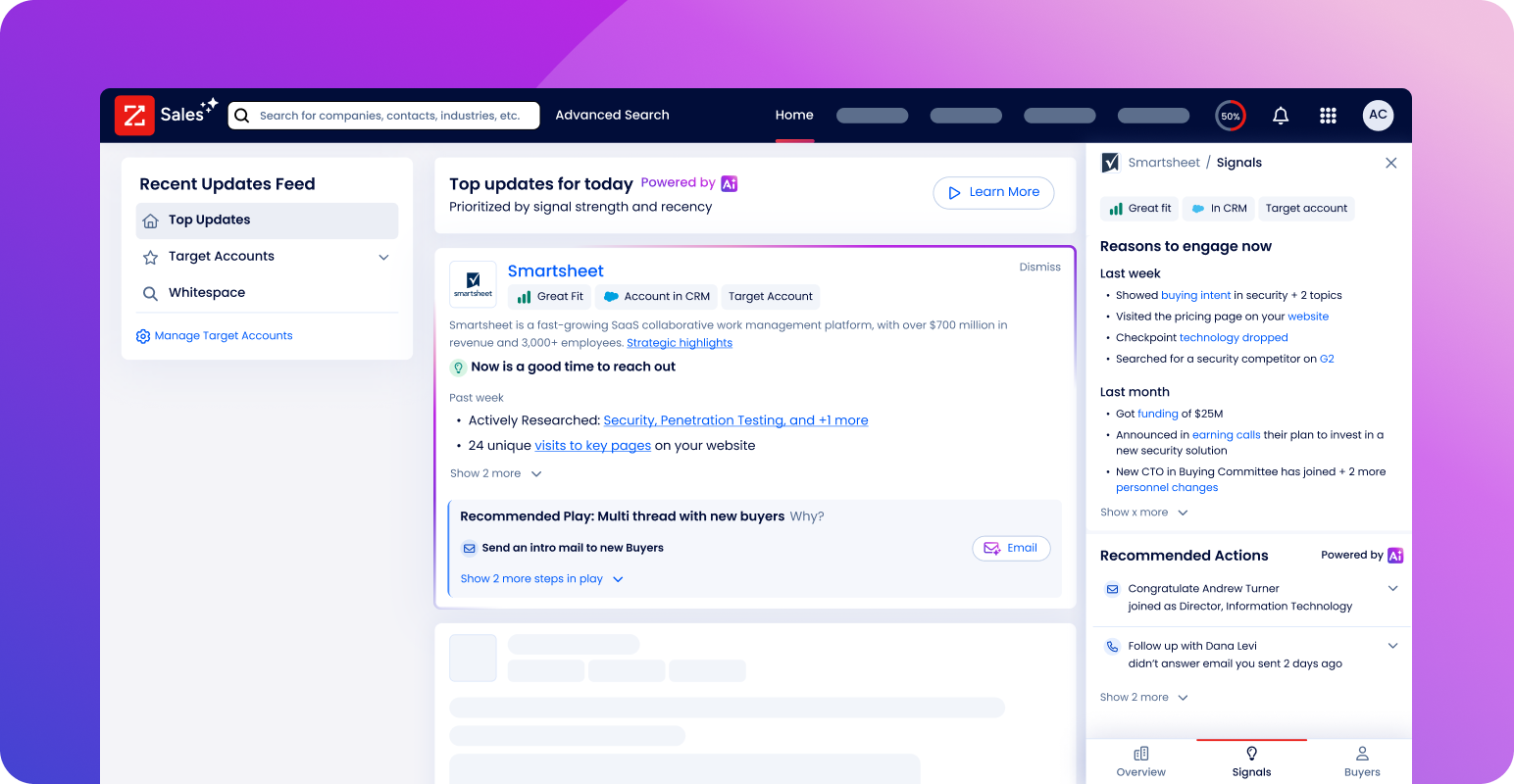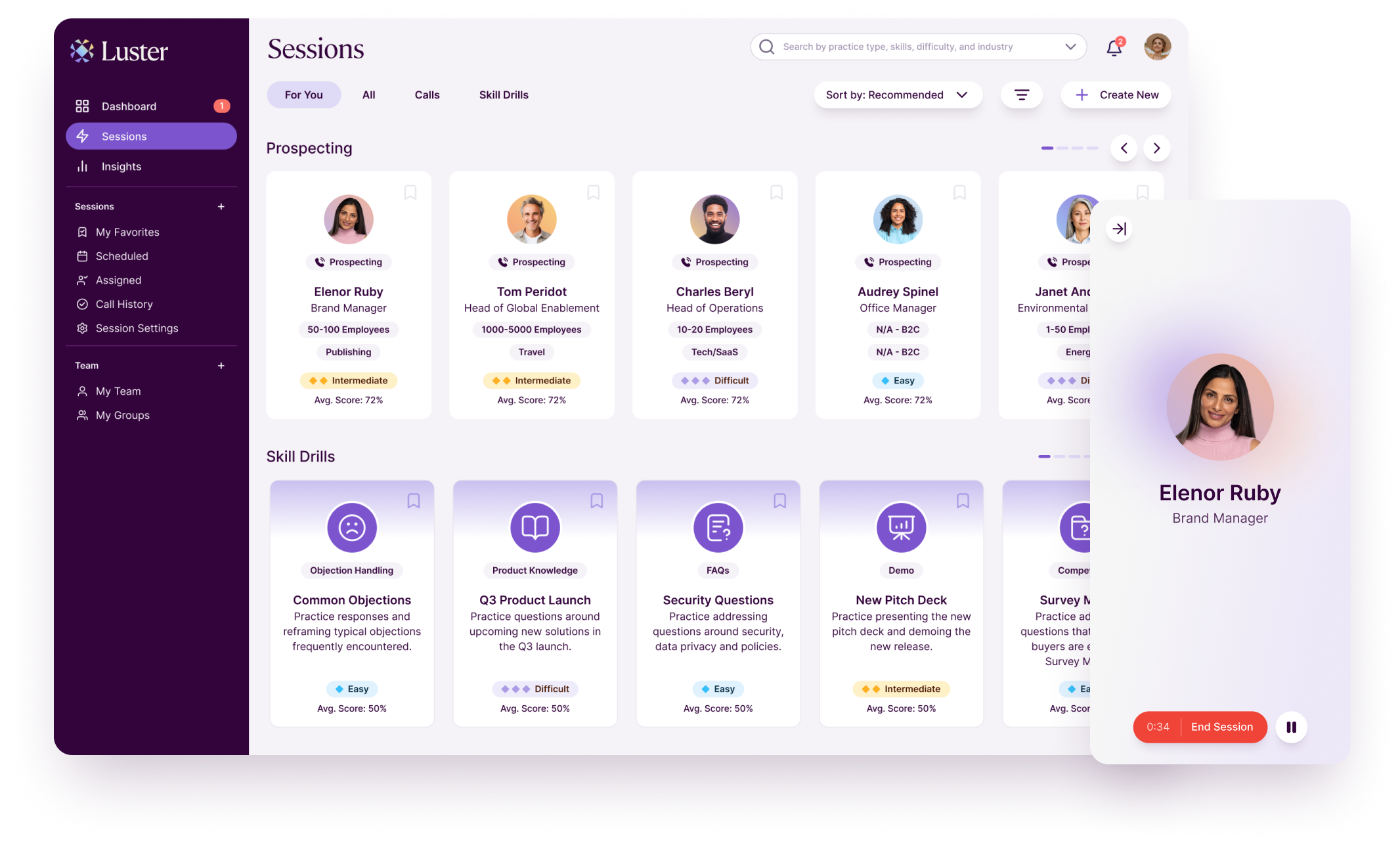The surge in artificial intelligence (AI) tools and resources provided marketers with the power to enhance their strategies, improve efficiency and deliver more personalized experiences to consumers. However, they’re tasked with striking a delicate balance between AI innovation and consumer trust, as they have a responsibility to practice transparency when using AI while respecting consumer contact preferences, privacy and more.
Transparency In AI
A few months ago, there were some events in the media that highlighted the importance of maintaining transparency while using AI. From Kate Middleton’s photoshop mishap to the Willy Wonka exhibit in Scotland whose promotional images promised much more than what was delivered, consumers are beginning to feel skeptical over the use of AI — and for good reason. Deepfakes and misinformation that are generated using AI tools have decreased consumer trust, making it hard for buyers to know what’s real and what’s bogus.
“AI watermarking” has been proposed to combat this problem, which is the practice of embedding a recognizable, unique signal into the output of an AI model, such as text or an image, to identify that content as AI-generated. With AI watermarking, the fake images of Kate Middleton and the Willy Wonka exhibit could be identified as AI-generated, making it easy for audiences to know if the images have been altered or fake.
Unfortunately, AI watermarking isn’t foolproof and most likely won’t stop disinformation altogether. That’s why it’s important for marketers to practice transparency and responsible AI usage, as it’s not all bad — AI innovation has plenty of positive impacts across different industries.
Where Marketers Benefit Most From Responsible AI Usage
By focusing on responsible AI usage, marketers will not only comply with ethical and legal standards but also build trust with consumers and employees. At the same time, they can also enhance operational efficiency and position their brands as industry leaders to promote long-term loyalty and greater competitive advantage. A few ways marketers can benefit from responsible AI use include:
Enhanced Customer Insights
AI can analyze large amounts of data from different sources to provide rich insights into consumer behavior, preferences and trends. Marketers can practice this responsibly by ensuring that they are only gathering accurate insights while also respecting consumer privacy and ethical guidelines.
Improved Personalization
AI enables marketers to easily tailor content, recommendations and advertisements to individual consumer needs and preferences. Through responsible AI usage, this personalization is done without compromising user privacy and trust, ultimately enhancing customer experience and satisfaction without feeling invasive.
Customer Service Optimization
AI-powered chatbots and virtual assistants can provide quick and efficient customer service. By being transparent about when customers are interacting with AI, marketers can improve customer satisfaction while ensuring that the technology is used in an ethical manner.
Risk Management & Sales Compliance
AI can help marketers remain compliant by streamlining consent management, assisting in adhering to local, state and federal compliance standards and more. Additionally, AI enables marketers to quickly adapt to evolving regulatory landscapes, ensuring ongoing compliance and consumer trust.
How To Leverage AI To Target New Leads
Perhaps the greatest benefit that marketers gain from practicing responsible AI use is the ability to target new leads. Consumers see hundreds of ads and messages per day, and AI allows for highly personalized marketing experiences tailored to individual preferences and behaviors. By leveraging AI-powered recommendation engines, chatbots and content customization tools, marketers can break through the noise to deliver targeted messages and offers that resonate with each individual customer, increasing engagement and conversion rates.
Marketers can also target new leads through AI’s advanced customer segmentation and audience targeting capabilities based on detailed behavioral and demographic data. Practitioners can use AI algorithms to segment their audience into specific groups and create targeted campaigns that resonate with each segment.
The Fine Line Between Using AI To Help Employees Vs. Creating Mistrust
Marketers can best draw a line between using AI to help employees versus creating mistrust among their customer base by highlighting that AI is most successful when it’s used for augmentation, not replacement. AI is best used to enhance human capabilities, not eliminate humans altogether. When companies create a culture of collaboration between employees and AI and provide proper training, they can leverage the strength of both to foster innovation and success.
Michelle Tilton is VP of Marketing at Gryphon.ai, an AI platform designed to deliver enterprise solutions for call center compliance, real-time conversation intelligence and call sentiment analysis.




